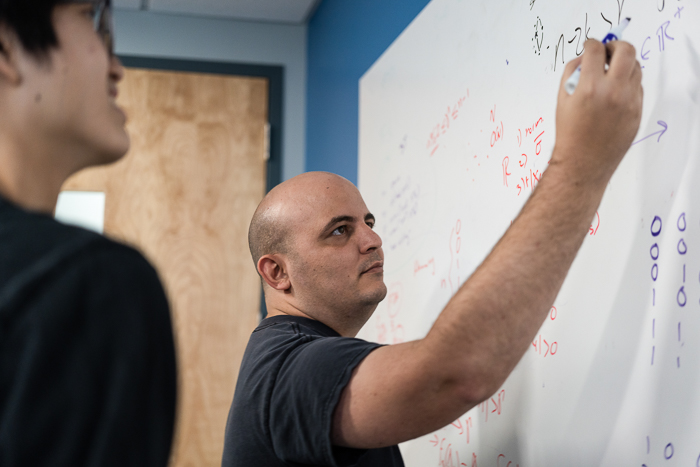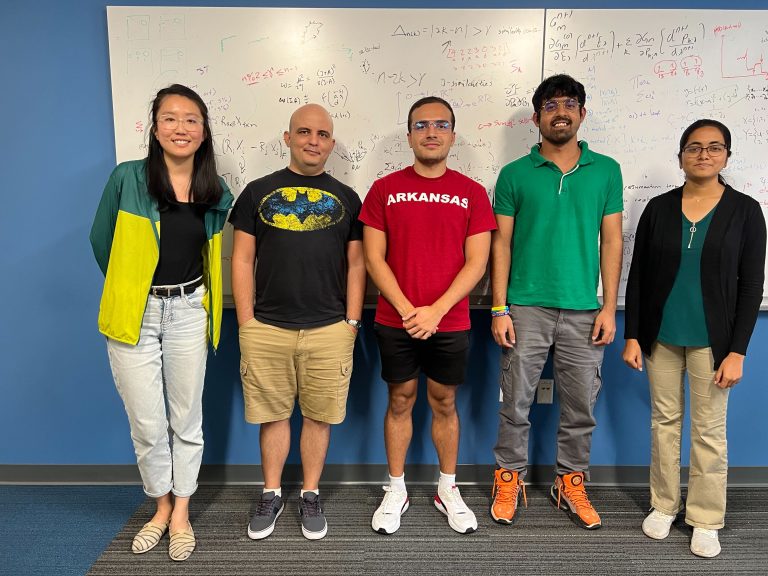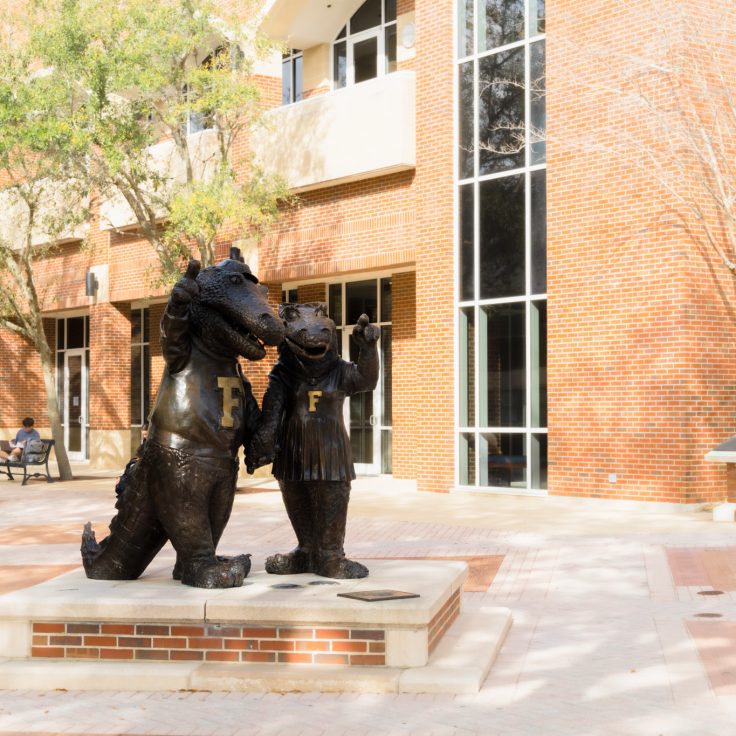
Ramon Miranda-Quintana, PhD.
NIH Grant Funds Research on AI Techniques for Chemical and Biomedical Applications
UF chemist Ramon Miranda-Quintana leads efforts to develop new tools with wide-ranging applications
Ramon Miranda-Quintana, assistant professor of chemistry at the University of Florida, has received a new grant from the Maximizing Investigators’ Research Award (MIRA) program of the National Institute for General Medicine Science (NIGMS). The prestigious five-year award provides flexible, long-term funding for Miranda-Quintana’s research program, which focuses on developing novel machine learning and data analysis tools that can fuel far-reaching applications.
“This project will allow us to process data faster than ever before, and to gain insights that we couldn’t get from traditional methods,” said Miranda-Quintana.
At the heart of this project lies a game-changing technique for measuring the “distance” between molecules. Developed within Miranda-Quintana’s lab, this technique represents a significant leap forward in computational chemistry, enabling the rapid calculation of molecular distances with unprecedented speed. While traditional methods would require powerful computing resources, such as HiPerGator, to handle millions of molecules, Miranda-Quintana’s techniques can manage billions on a standard laptop.
In an era marked by an exponential surge in data generation, the demand for efficient data processing has never been greater. Traditional data analysis methods struggle to keep pace with this deluge of information, according to Miranda-Quintana. “Here’s where our methods shine, since they are dramatically more efficient than current approaches,” he said. This efficiency not only expedites drug design but also unlocks new possibilities in understanding proteins and DNA in complex, real-world scenarios.
The Miranda-Quintana Group has spent years dedicated to solving complex chemical problems. The lab group takes a multi-faceted approach to advance the field of theoretical chemistry, employing mathematics, physics, and advanced computer techniques to explore chemical phenomena and their real-world applications.

“This project has allowed me to explore exciting new research directions, like algorithm design and the structure and dynamics of proteins,” said Miranda-Quintana.
The project will foster a dynamic cross-campus collaboration. Colleagues in the Department of Chemistry, including Alberto Perez, Adrian Roitberg, and Boone Prentice, will lead efforts in biomolecular simulation and medical imaging. Meanwhile, graduate student Lexin Chen will delve into protein studies and molecular dynamics, while Kenneth Lopez Perez explores related facets of drug design. In the Department of Pharmacy, Chenglong Li and Gustavo Seabra will dedicate their efforts to aspects of drug design. This collaborative synergy will fuel research efforts to new heights.
The capacity to handle vast datasets is poised to reshape the landscape of data analysis in chemistry and biomedicine. The project’s implications for drug development, protein research, and medical imaging are profound, promising a brighter future for scientific discovery.
“Given the central role of data and information in chemistry and the biomedical sciences, we expect that the methods we are developing to have a great impact on how we design and understand molecules,” said Miranda-Quintana.


